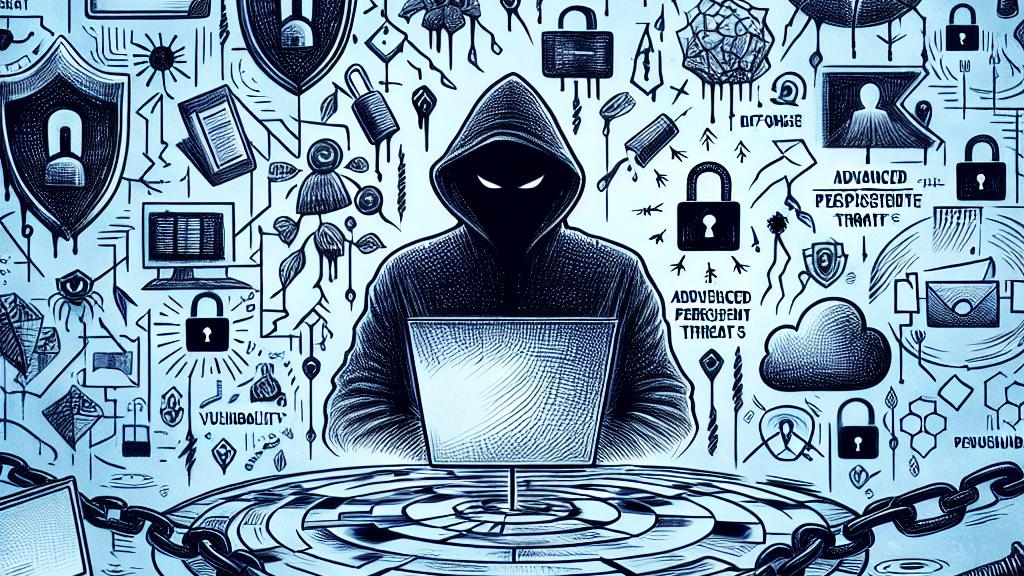Understanding the US Treasury's Cyberattack Incident
Overview
- The US Treasury Department experienced a major cyber breach attributed to state-sponsored actions from China.
- Hackers gained access to crucial Treasury workstations via a compromised cybersecurity provider, BeyondTrust.
- This incident heightens concerns about national cyber vulnerabilities and the urgent need for improved defenses.

Background on the Incident
In late December 2024, a stunning announcement came from the US Treasury Department, revealing that it had suffered a serious cyberattack. This breach, traced back to a state-sponsored effort by China, highlights the dark side of our increasingly digital world. Imagine this: hackers stealthily infiltrated the inner workings of one of the nation’s most essential financial institutions, leveraging a vulnerability in a third-party cybersecurity service provider known as BeyondTrust. This is not your run-of-the-mill cyber event; it’s an intricate assault characterized by what's known as an Advanced Persistent Threat (APT). In simpler terms, think of it as an intruder who not only breaks in but also hides undetected for a prolonged period, rummaging through private documents—here, unclassified records were accessed. While the full details of the breach remain under wraps, this alarming event signals a pressing need to scrutinize how our government protects its sensitive data.
Responses and Actions Taken
In the wake of this significant breach, Treasury officials sprang into action, launching a thorough response to this crisis. They quickly contacted the US Cybersecurity and Infrastructure Security Agency (CISA) and collaborated with law enforcement to assess the situation and mitigate any damage. Picture a dedicated team of cybersecurity experts, analysts, and investigators working tirelessly behind the scenes to understand the ramifications of the breach. Importantly, the Treasury reassured the public that the compromised BeyondTrust service had been taken offline and that no ongoing access to their systems was detected. However, this incident has sparked dialogue about the pressing necessity for robust cybersecurity measures across all government sectors. As cyber threats continue to evolve and proliferate, ensuring the safety of critical information is not merely essential—it’s imperative.
Broader Implications
The implications of this cyberattack extend well beyond the Treasury Department. It reveals a troubling trend where hostile nations, particularly China, actively seek to breach the defenses of critical US infrastructures. For instance, similar breaches targeting the email systems of government officials and vital services, such as power and water treatment facilities, cast a dark shadow on national security. Additionally, US initiatives against Iranian and Russian cyber actors further illustrate a pattern of aggressive state-sponsored activities aimed at destabilizing the country. As these cyber threats escalate in both frequency and complexity, the urgency for a fully developed strategy to combat these persistent risks has never been clearer. This situation underlines the fact that we're not merely discussing one incident; it serves as a crucial reminder in our ongoing battle to safeguard cybersecurity, demanding proactive measures from both government and private sectors alike.

Loading...